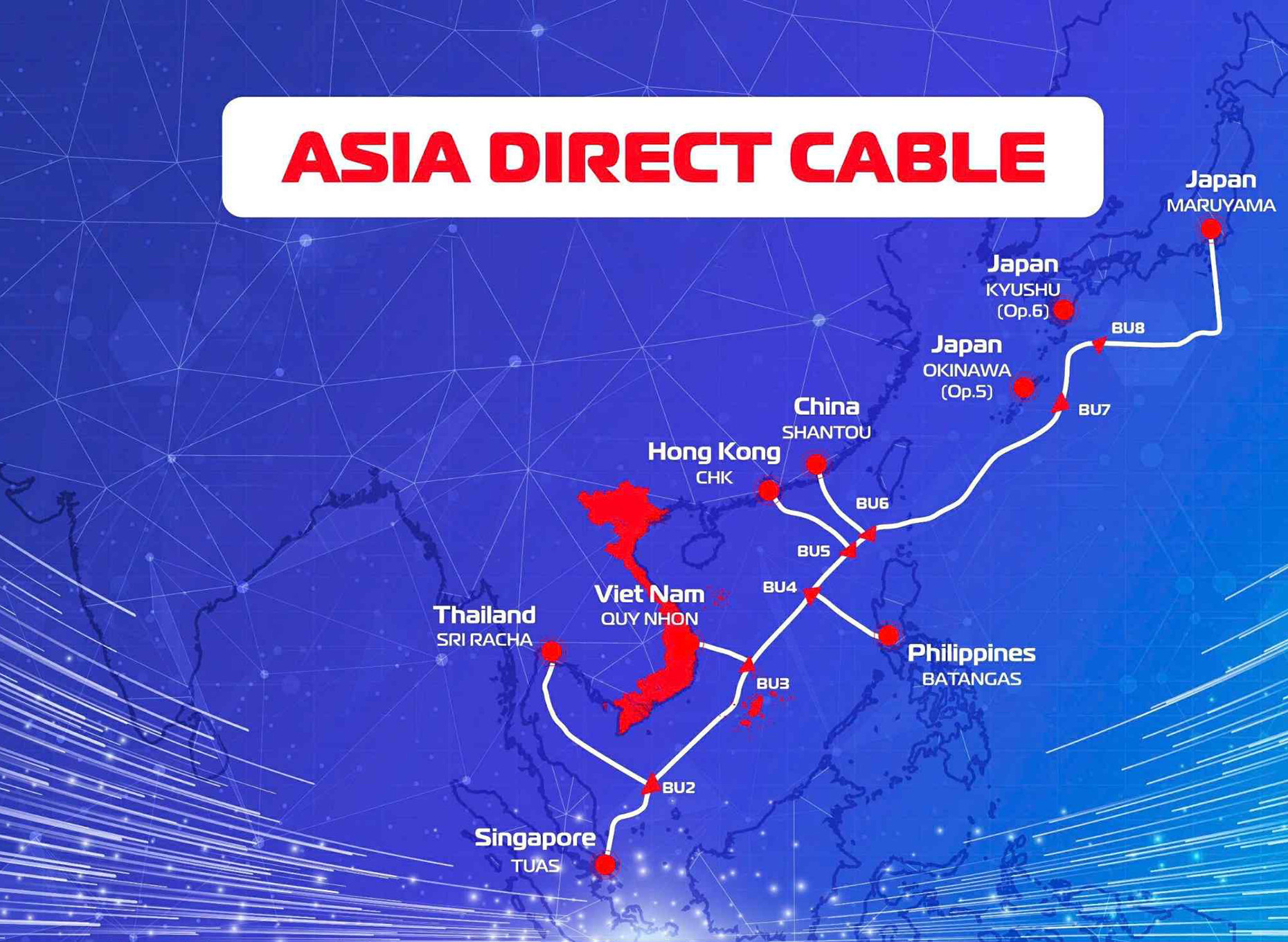
According to the national strategy for developing Vietnam’s international undersea cable system through 2030, with a vision toward 2035, the country aims to ensure digital sovereignty by building and managing its own cable infrastructure.
The plan includes deploying at least 10 new undersea cable routes by 2030, bringing the national total to no fewer than 15 systems, with a minimum combined capacity of 350 Tbps. Notably, at least two of these new cables will be fully Vietnamese-owned, directly connecting to major regional digital hubs.
At a recent six-month strategy briefing, Deputy Minister of Science and Technology Pham Duc Long confirmed that the ministry had helped Vietnamese firms initiate construction on the country’s first fully self-managed international undersea cable, with a direct link to Singapore and agreements signed in early 2026.
By August 2025, the ministry expects the launch of a new terrestrial fiber route linking Vietnam, Laos, Thailand, and Singapore, starting with 2 Tbps and scalable to 12 Tbps.
Under the sea, millions of data packets travel through Vietnam’s undersea cables to hubs in Singapore, Hong Kong, Japan, and beyond. From video streaming and cloud computing to cross-border transactions and teleconferencing, undersea fiber optics are the invisible backbone of the digital economy.
Viettel, one of Vietnam’s leading telecom giants, has played a pioneering role in international connectivity. Over the past 15 years, Viettel has gradually built its undersea portfolio, beginning with the Asia-America Gateway (AAG), followed by IA (Intra Asia), APG (Asia Pacific Gateway), AAE-1 (Asia-Africa-Europe 1), and most recently ADC (Asia Direct Cable).
Among these, IA is the lowest-latency connection between Vietnam and Singapore, with Viettel uniquely operating the landing station in Vietnam.
AAE-1 is the sole cable directly linking Vietnam to Europe and Africa. The ADC cable, with a maximum capacity of 50 Tbps, connects directly to Asia’s top three internet hubs: Singapore, Hong Kong, and Japan.
Launched commercially in April 2025 after a December 2024 inauguration, ADC was built in collaboration with nine major Asian telecoms. Viettel is the only Vietnamese company with a landing station for ADC, based in Quy Nhon, furthering the city’s potential as a regional data transit hub.
According to Doan Dai Phong, Deputy General Director of Viettel Solutions, “The ADC route is a critical step in making Vietnam a Digital Hub of Southeast Asia.”
As of mid-2025, Viettel operates five active undersea cable systems, accounting for 65% of Vietnam’s total international bandwidth. This infrastructure underpins essential services such as 5G, AI, cloud computing, IoT, and next-generation applications.
By 2030, Viettel plans to take part in a total of 10 international cable systems. At least one of these will be fully designed, deployed, and operated by Viettel - a first for Vietnam’s telecom industry. The largest upcoming project, to be operational by 2028, will feature ultra-low latency and direct connection to Singapore’s digital core.
This initiative also reflects Viettel’s transformation from a traditional telecom (Telco) into a modern tech company (Techco), supporting digital platforms ranging from cloud and AI to satellite and 6G.
With its strategic investment in fiber optic infrastructure, Viettel not only leads the telecom market but also shapes Vietnam’s future as a regional data exchange center.
Other companies, including VNPT, FPT, and CMC, are also accelerating investments in undersea cables, contributing to the country’s broader digital infrastructure roadmap.
Thai Khang